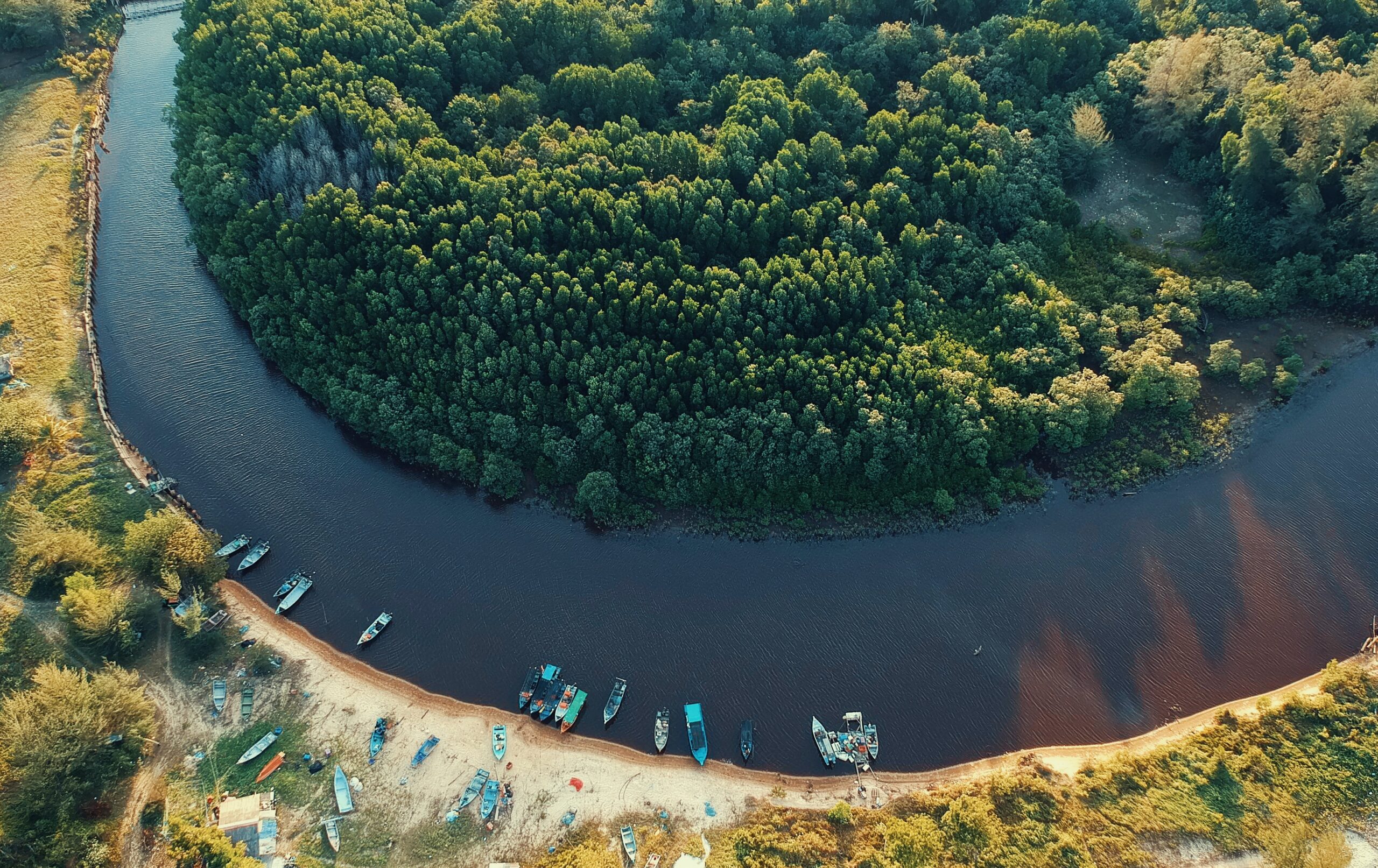
Sustainable Water Usage: The Benefits of Eco-Friendly Living
By Tyler Ventura
About rivers and River Water
Found on every continent and almost every type of land, rivers are naturally-flowing bodies of water that travel from higher to lower elevations. Ranging anywhere from less than 100 feet to thousands of miles in length, a common current leading to the ocean connects all rivers on Earth. Typically found on or around mountains and hills, hikers and nature lovers alike are sure to encounter these watercourses while trekking out and about. Knowing when and how it’s safe to consume river water is an essential survival skill that will aid outdoor adventurers, and those in emergency situations alike.
Is River Water Safe?
Freshwater, the type found in rivers, is a naturally occurring water that makes up 3% of all the world’s water, the other 97% being saltwater. Freshwater is the majority source of water people use in their daily lives due to saltwater’s high salt content making it unable to drink and causing a more complex distilling process. Additionally, water treatment plants for freshwater cost significantly less to run and maintain due to freshwater being easier to filter.
Freshwater rivers are also home to a diverse ecosystem, with their marine life unable to survive in saltwater because of dehydration. In fact, many popular game fish species are found in freshwater, including trout, salmon, and smelt. Even otters make their homes near the edge of rivers, spending their time in the water playing or finding food.
However, that doesn’t automatically mean that rivers of freshwater are safe for human consumption. River water can be filled with a plethora of harmful germs, such as bacteria and viruses, which can lead to harmful infections and illnesses. Parasites like tapeworms and flukes can also enter the human body through untreated freshwater and inflict disease. Wild Sources of water should never be drunk from without purification, no matter how clean the water appears.
What happens if you drink untreated river water
An inability to purify river water can cause a multitude of issues, such as the aforementioned bacteria, viruses, and parasites. Just one teaspoon of river water can contain millions of bacteria in it, Escherichia coli, Salmonella, Clostridium, and Legionella being the chief bacterial agents among them. Viruses may enter river water from the infected urine or feces of humans or animals, coming in the forms of pathogens like adenovirus, poliovirus, polyomavirus, and norovirus.
Parasites, namely Schistosoma, Dracunculus medinensis, Fasciolopsis buski, and others, lurk in contaminated water, laying eggs, embedding themselves into river life, and slipping into the human body through unfiltered drinking water. Exposure to any of these can be harmful and lead to a weakened immune system followed by disease symptoms such as nausea, headache, fatigue, diarrhea, vomiting, fever, inflammation, pneumonia, jaundice, and more. In these cases, quickly getting medical attention is a necessity to prevent a worsening of illness, especially for those with pre-existing medical conditions. Using river water for cooking, washing foods, brushing teeth, or showering can also result in illness.
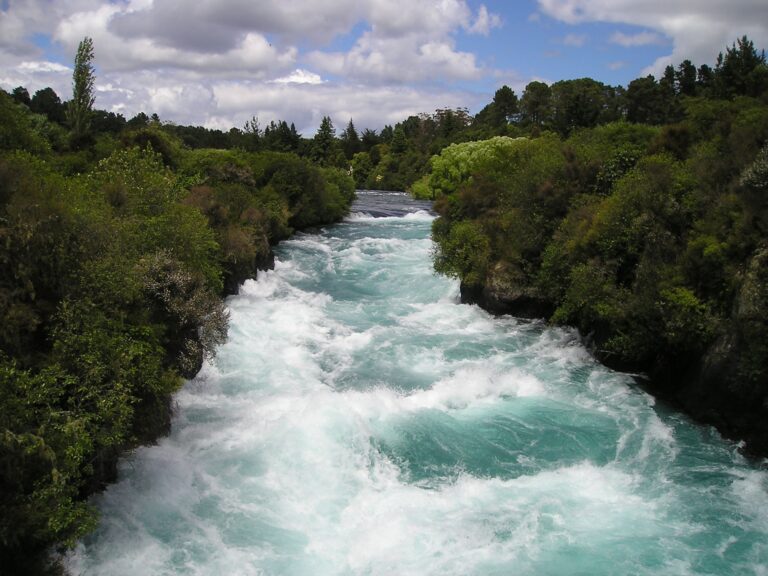
How To Purify River Water
Knowing how to treat and purify river water can be crucial in an emergency. First and foremost, it’s important to try to choose the cleanest looking water you can before purifying. This means staying away from turbid water, water that may be contaminated with industrial chemicals, and making sure you choose a water source that is running, not still.
Commonly used Water Purification methods
Boiling is perhaps the most commonly known method for treating water. Collecting the water into a pot and heating it to a rolling boil for a minute or two is a solution to kill off the bacteria, viruses, and parasites. The heat from boiling damages and disrupts the life processes of these harmful infectants, resulting in pasteurization of the organisms.
Similar to boiling, distillation requires a source of heat with which to purify water. Taking a pot, pour the river water inside it, placing a bowl in the pot. After, heat the pot to a boil and put a tight lid on it. The heat will allow for the water to evaporate at a fast rate, leaving behind any contaminants as it turns into pure water vapor. The tight lid lets the vapor be caught and recondensed into the bowl. When all the water has evaporated, take the pot away from the heat, remove the bowl, and pour its water contents into a separate container.
Chemical disinfection is another countermeasure, whether it be from bleach, iodine, or chlorine dioxide. Be sure to check and follow the guidelines printed on the label for disinfecting drinking water. If no such guidelines are available, find the sodium hypochlorite percentage of the mixture and add in the needed amount of bleach via dropper. For a typical 5%-9% sodium hypochlorite amount, 2 drops of bleach should be added to a quart of water, 8 drops for a gallon, and 40 drops for five gallons. Note that while chemical disinfectants are good for wiping out bacteria and viruses, parasites are more resistant to this procedure. The downside to these methods is that they require tools or equipment many people may not have readily available. Moreover, many chemical disinfectants are not approved for long-term use. While they can work in a pinch, methods like bleach can cause health problems down the road.
Water Purification Tablets
Water purification tablets are small tablets that dissolve into and disinfect unclean water, allowing for a quick and effortless purification process. This method is best for safe, long-term use, and their clear instructions and compact design make water treatment readily accessible for anyone on the move. Unlike the above methods, water purification tablets can be used in turbid water after filtering the water through a mesh cloth or t-shirt. These forms of purification also don’t rely on access to fire or alternative heat source making them especially effective in survival or disaster relief scenarios.
Most types of tablets include a specific dose of Sodium dichloroisocyanurate in it, that when the tablet is dissolved in dirty water, releases an amount of safe Hypochlorous acid to eliminate 99.99% of chlorate, bacteria, and cysts found in water. Aquatabs specifically are also able to kill parasites and micro-organisms as well as provide safe drinking water in just 30 minutes. It’s as easy as filling a container with river water, dropping a tablet in, then waiting as the tablet makes the water drinkable through disinfection. Dosing is additionally more straightforward than other methods as tablets are portioned out for specific volumes of water. Some iodine based solutions for water purification will need to be treated twice, once for the neutralization of contaminants, and a second time for taste and smell. However, chlorine based solutions like Aquatabs leave no unpleasant taste or smell meaning that users can enjoy their water without worry about flavor.
Stay Prepared for anything
Whether you are preparing for an outdoor adventure, or simply want to be ready for any emergency or natural disaster, it pays to stay informed. Knowing how to purify water sources, and the dangers of drinking untreated water, can save your life. Encourage others to learn about how they can stay save and hydrated on their journey, and sign up for our newsletter to stay informed about all things water!
Recent Posts
-
Clean Drinking Water Solutions for Rural Communities
March 5, 2024 NewsClean water is not easily available in many remote, rural communities. Learn how water purification options can make a significant difference in ensuring safe and accessible drinking water in these places and more.
-
Why Aquatabs Are the Best Water Purification Tablets Available
November 28, 2023 NewsAquatabs are the best water purification tablets available because they are low-cost, fast-acting, and highly effective. Order a package of Aquatabs today.
-
Iodine vs. Chlorine Water Purification
November 14, 2023 NewsShould you use iodine or chlorine for water purification? Find out why chlorine is the top choice for purifying water in your home and while traveling.
-
Your Go-To Hiking Essentials List
October 24, 2023 NewsCreating a hiking essentials list will ensure that you have everything you need to have a safe and enjoyable hike. We have the ultimate guide right here.
-
Does Iodine Purify Water?
October 10, 2023 NewsIodine does purify water, but there are health concerns associated with it. Find out why the European Union has banned the use of iodine for water purification.
-
The Best Emergency Water Purification Systems (And How to Use Them)
September 12, 2023 NewsKnowing how to use an effective water purification system is a vital skill that everyone should have. We have a breakdown of the best options available.
Recent Posts
-
Clean Drinking Water Solutions for Rural Communities
March 5, 2024 News -
Why Aquatabs Are the Best Water Purification Tablets Available
November 28, 2023 News -
Iodine vs. Chlorine Water Purification
November 14, 2023 News -
Your Go-To Hiking Essentials List
October 24, 2023 News -
Does Iodine Purify Water?
October 10, 2023 News -
The Best Emergency Water Purification Systems (And How to Use Them)
September 12, 2023 News

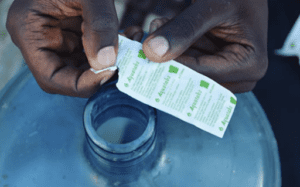


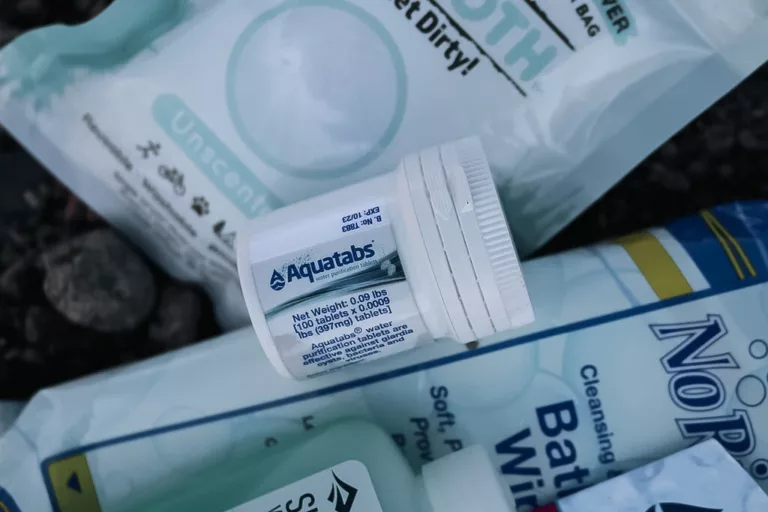
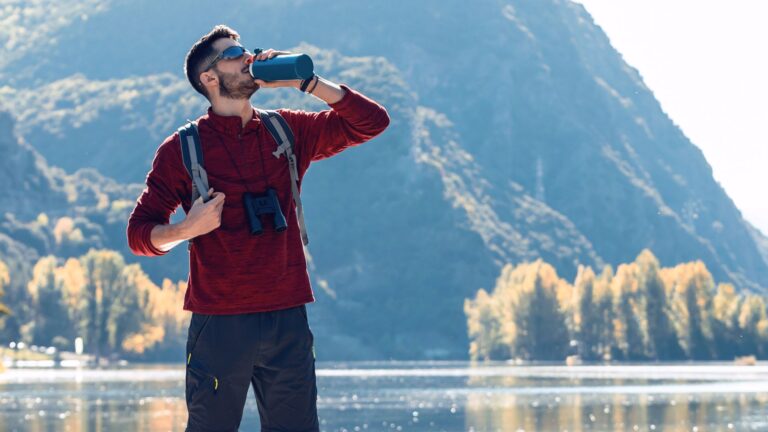
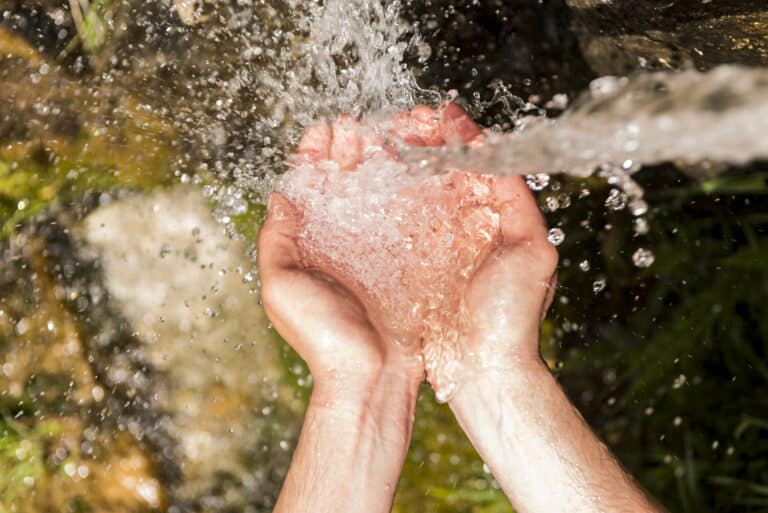
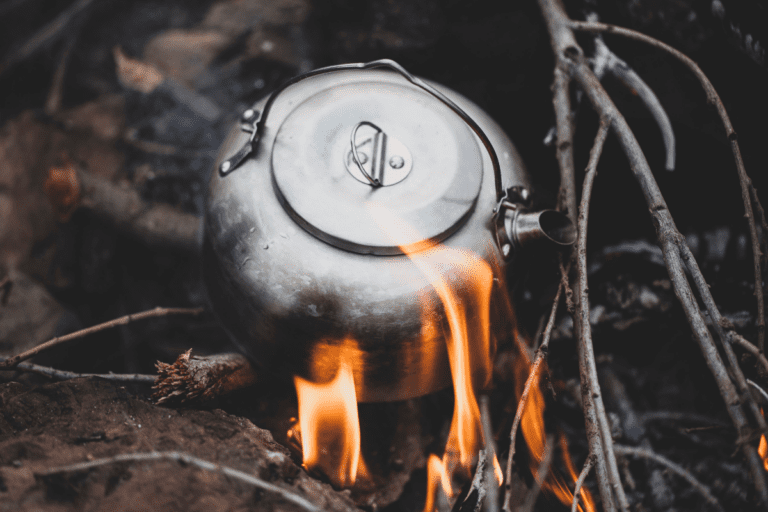


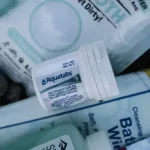

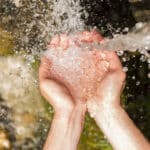
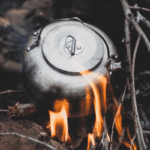

10 thoughts on “Can You Drink River Water Safely?”
I found this article very informative. I have learned clean looking water is rarely safe to drink without taking the precautions as described in the article. As someone who loves to be in nature, I now know how to keep from becoming Ill from tainted water. I am immune comprised and this information will Serve me well.
I had no idea that you could add bleach to river water to purify it. This article was very interesting and informative.
I had no idea that if you boiled the water you could nearly kill all of the bacteria. This was a really well put together informative article.
Good to know! Especially living in Hoboken where we have so many water issues!!
This article is very well written and informative, I would highly recommend this article to anyone who is interested in nature. Kudos to the writer!
Easy to follow structure with great tips for outdoorsing. Have this article bookmarked for when I go camping!
Never realized there were so many parasites in the river. Knowing how to purify river water is essential to good health.
I’ve often wondered if the purification tablets worked. These are good to have on hand if you are hiking, especially in case you get accidentally lost. Thanks for the info!!
Being a nurse I found this information very useful, it will allow me to inform patients the hazards of drinking untreated water as well as several different ways to treat water so that it can safely be ingested. On a personal note with so many man made and natural disasters I feel it would be very beneficial to have the purification tablets on hand and would be interested in find out how to obtain them.
My takeaways from this article:
– while it is very good to know of the various methods to purify water when needed, the simplest, safest, and most convenient way to purify water is to use water purification tablets
– purification tablets are good to have on hand whether at home or on the road
Very informative article.